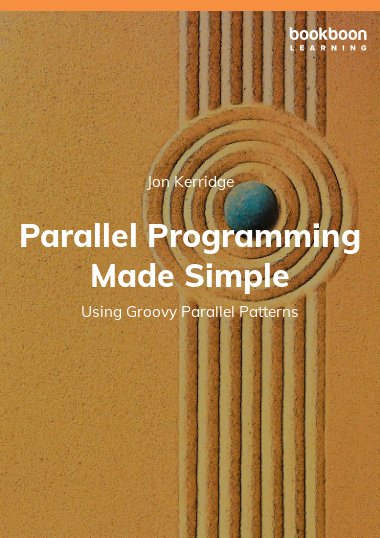The use of the Groovy Parallel Patterns Library is explained by using published sequential algorithms for problems such as Montecarlo simulation, Concordance, the n-body problem, Jacobi’s method, Mandelbrot, image processing, sorting, and the Goldbach Conjecture. The parallel solution’s performance is compared to that of the sequential implementation, explaining how the speedup has been obtained. A novel visualization system is described that shows how the objects pass through the parallel structure. One chapter is devoted to demonstrating the model is provably correct using CSPm and FDR.
About the Author
Jon Kerridge has been researching concurrent and parallel systems and programming languages since 1976, when he built his first system. His recent research has focused on creating concurrent and parallel systems that exploit modern multi-core processes as simply as possible. He has focused on Process Architectures using Communicating Sequential Processes as the underlying model and theoretical underpinning. He has published more than 100 articles in academic journals and conferences.

